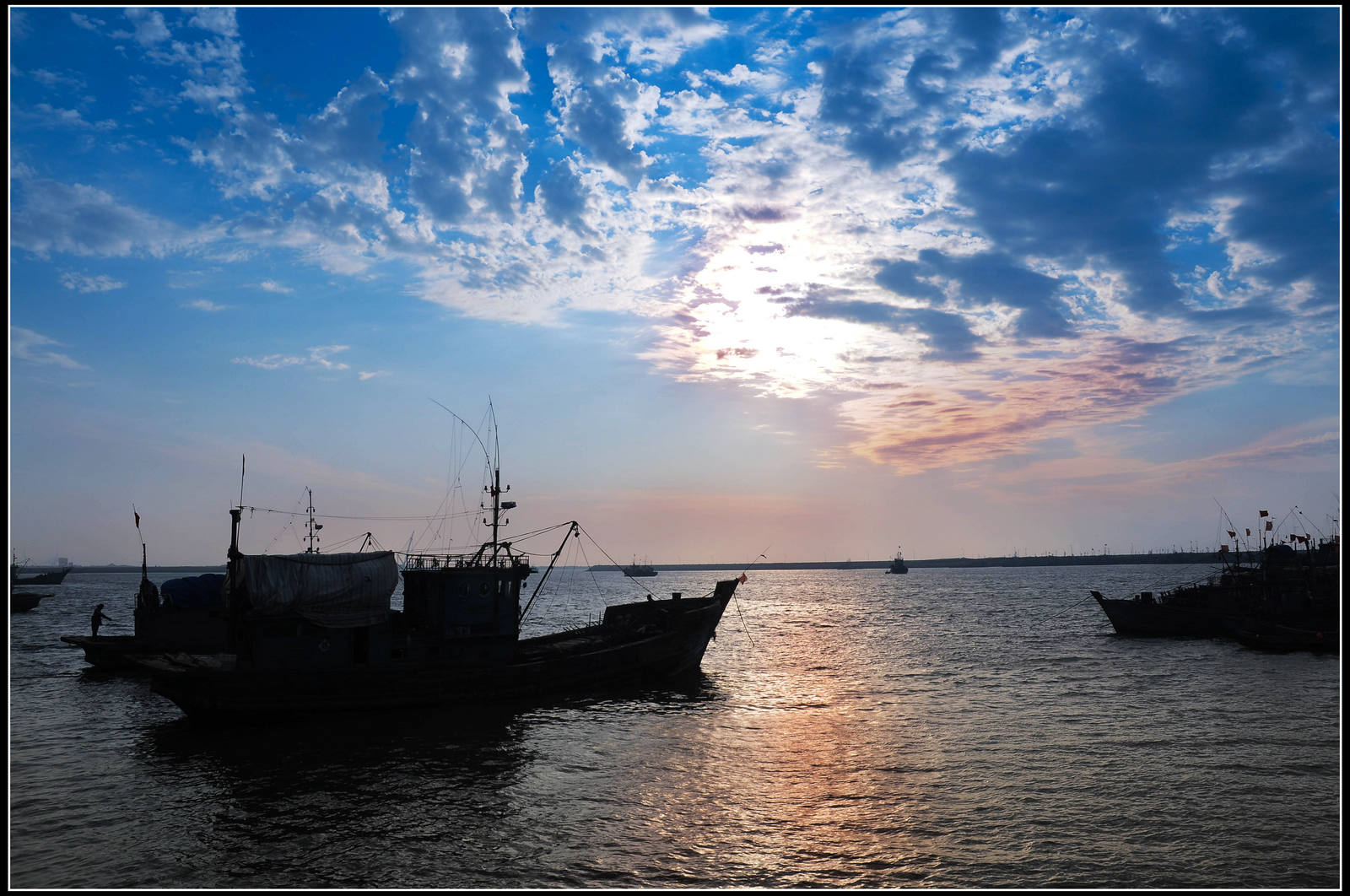Full coverage: China Breakthroughs
By Tom McGregor, CCTV.com Panview commentator and editor
The Bohai Sea is located just off the northeast coast of China, while its rim encircles Shandong, Hebei and Liaoning provinces and Tianjin Municipality. The region is basically known as Circum-Bohai Sea Economic Zone. The entire region plays a crucial role in the nation's economy.
 Bohai Sea
Bohai Sea
The newly-designated Jing-Jin-Ji (Beijing-Tianjin-Hebei) zone, located to the west coast of Bohai, is expected to usher in more space for China's capital city, while Shandong stands between Beijing and Shanghai.
Additionally, the northeast region - Liaoning, Jilin and Heilongjiang provinces have not witnessed rapid economic development in recent years, but with close proximity to the Jing-Jin-Ji zone, we can anticipate a brighter future for the area and local communities.
Northeast China is sparsely populated and borders China's Inner Mongolia Autonomous Region to the west and Russia to the north and east. Incidentally, Dalian, a port city on the southern coast of Liaoning Province has risen in status as a world trade strongpoint.
Dalian is conveniently located to spur more shipping trade with South Korean exporters and Chinese traders as they deliver goods to and from the Korean Peninsula.
Nonetheless, the Bohai Sea poses logistics challenges for companies and traders transporting goods via the Dalian port to other cities in inland China.
123km-long underwater tunnel solution
Accordingly, China's NDRC (National Development and Reform Commission) approved plans in 2014 to build the world's longest undersea tunnel to connect Dalian with Yantai, Shandong Province.
The planned 123km tunnel has already faced unexpected delays, but officials have given the green light again for the project to move forward, and comes at a price tag of RMB 220 billion ($US36bn.) and expected to take another 12 years to complete construction.
Dalian is found at the northern side of Bohai Sea, while Yantai is on its southern coast line. Currently, car drivers traveling between the two cities must take a circular route on the coast, which is a distance over 1,400km.
So in the future, drivers taking the underwater tunnel could reduce their travel time to about an hour, and if taking a high-speed train they can reach their destination in just 30 minutes.
And of course, cargo freight, trains and trucks can deliver products from Dalian Port to inland Chinese ports in much shorter time frames as well.
From Zhengzhou to Madrid
The world's longest tunnel can be connected with infrastructure projects under the Belt & Road (B&R) Initiative that Chinese President Xi Jinping had introduced to the public in 2013.
The B&R would embark on building major infrastructure projects, such as logistics - roads, tunnels, railways and airports - that are connected to economic corridors (manufacturing and energy hubs) to boost cross-border trade and investments with countries in Asia, Africa, Middle East and Europe.
Zhengzhou in central China has a huge inland hub, serving as a major artery for transporting rail freight between China and Europe, as well as the Middle East.
China Railways Corp. has already constructed a freight line that reaches from Zhengzhou to Madrid, with travel time - 15 days from one end to the other. That cuts rail freight time nearly in half, while making deliveries to and from Europe so much cheaper.
Hence, the Bohai Sea Rim tunnel can enjoy added benefits by linking itself with more roads to Zhengzhou.
Underwater transport, but is it safe?
Well, the Bohai Sea Rim underwater tunnel sounds brilliant, but can engineers make the project safe? Planners must contend with numerous challenges.
The tunnel is underwater, so if it collapses all those in the tunnel would drown. So engineers have drawn up plans to design a tunnel that has two layers, one for hi-speed trains and another for vehicle drivers.
In an underwater highway - 123km-long, what would happen if there’s a car accident or stalled vehicle? Actually, engineers have outlined some proposals.
The railways and car tunnels would each have three separate lanes. Two for trains and vehicles going in one-way directions, while a tunnel in the middle will hold maintenance workers and equipment that can come to the rescue when traffic jams or train accidents occur.
Wang Mengshu, tunnel expert with the China Academy of Engineering, told China Daily that planning for the tunnel had taken 20 years of research, but new technology innovations have resolved key concerns.
Integrating northeast China with the world
Zhang Zhiyuan, director of the Research Economy from Shandong University of Finance & Economic, holds high hopes for the Bohai Sea Rim underwater tunnel.
"The Cross-Bohai-Strait Channel can help create a transportation artery for east China, a combination of sea, air and land transportation networks," said Zhang.
He added, "The project will also connect the Liaodong Peninsula, Shandong Peninsula and Jing-Jin-Ji as a whole, promoting economic integration to push forward the economic development of North China and Northeast Asia."
Officials say the tunnel is scheduled for completion in 2026, while many believe it could take longer, but it’s well worth the wait.
(The opinions expressed here do not necessarily reflect the opinions of Panview or CCTV.com. )

Panview offers a new window of understanding the world as well as China through the views, opinions, and analysis of experts. We also welcome outside submissions, so feel free to send in your own editorials to "globalopinion@vip.cntv.cn" for consideration.
















